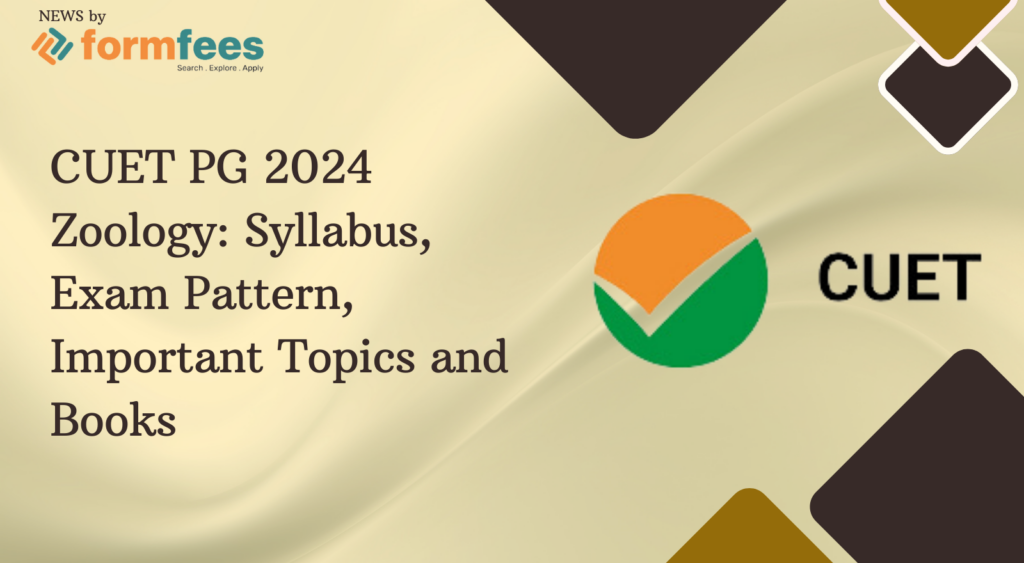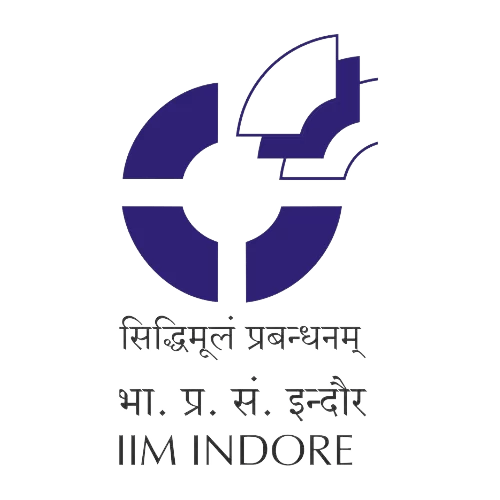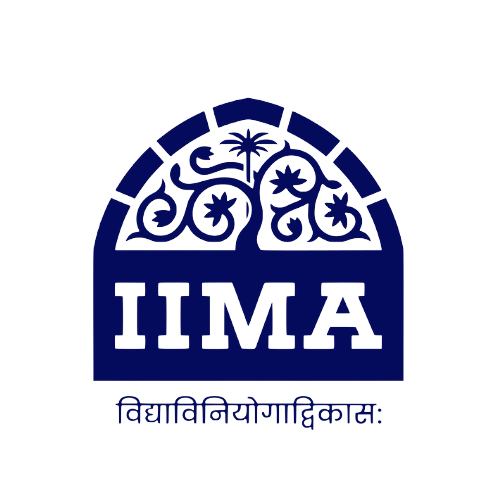CUET PG 2024 Zoology: Syllabus, Exam Pattern, Important Topics and Books

Table of Contents
CUET PG 2024 Zoology
One of the most popular branches of Science is Zoology, where you study about animals and their life/ biological processes. If you’ve completed your graduation in Zoology then you can pursue MSc Zoology if you aim to study further. CUET PG 2024 Zoology is just like a gateway to more than 197 universities of India to pursue MSc Zoology and take admission in those colleges. If the candidates score a good percentile, they can even get to study in the top universities of India. CUET PG 2024 Zoology syllabus hasn’t been released yet but candidates can check previous years syllabus and start preparing for the exam accordingly. NTA will announce CUET PG 2024 Syllabus for all subjects along with the CUET PG 2024 Information Brochure.
Exam Pattern
The Question paper will hold a hundred questions and will be divided into two parts. The medium of the test paper will be Hindi and English. For details, go through the table mentioned below.
| Pattern | Details |
|---|---|
| CUET Conducting Body | National Testing Agency |
| Name Of The Exam | CUET PG 2024 Zoology |
| Medium | English and Hindi |
| Starting of Registration | To be announced |
| Ending Of Registration | To be announced |
| Date Of Exam | 11th March 2024 – 28th March 2024 |
| Sections | There will be two sections in the exam paper, A and B. Section A: Language Comprehension, Verbal ability, General test Section B: Domain based Knowledge |
CUET PG 2024 Zoology Syllabus
As discussed above, NTA hasn’t yet released the syllabus for CUET PG 2024 Zoology but the aspirants can prepare for the exam according to the previous year syllabus.
| Name Of Chapter | Important Topics to be covered |
|---|---|
| Cell Biology | Overview of Cells: Prokaryotic and Eukaryotic cells, Viruses, Viroids, Mycoplasma, Prions Plasma Membrane: Various models of plasma membrane structure, Transport across membranes: Active and Passive transport, Facilitated transport, Cell junctions: Tight junctions, Desmosomes, Gap junctions, Endomembrane System. Cell Organelles: Endoplasmic Reticulum, Golgi Apparatus, Lysosomes, Mitochondria and Peroxisomes, Mitochondria: Structure, Semi-autonomous nature, Endosymbiotic hypothesis, Cytoskeleton: Structure and Functions: Microtubules, Microfilaments and Intermediate filaments Nucleus: Structure of Nucleus: Nuclear envelope, Nuclear pore complex, Nucleolus, Chromatin: Euchromatin and Heterochromatin and packaging (nucleosome) Cell Division: Mitosis, Meiosis, Cell cycle and its regulation, Cell Signaling, GPCR and Role of second messenger (cAMP). |
| Biochemistry | Carbohydrates: Structure and Biological importance: Monosaccharides, Disaccharides,Polysaccharides and Glycoconjugates Lipids: Structure and Significance: Physiologically important saturated and unsaturated fatty acids, Triacylglycerols, Phospholipids, Glycolipids, Steroids Proteins: Amino acids: Structure, Classification and General properties of α-amino acids; Physiological importance of essential and non-essential α-amino acids Proteins: Bonds stabilizing protein structure; Levels of organization in proteins; Denaturation; Introduction to simple and conjugate proteins Immunoglobulins: Basic Structure, Classes and Function, Antigenic Determinants Nucleic Acids: Structure: Purines and pyrimidines, Nucleosides, Nucleotides, Nucleic acids, Cot Curves: Base pairing, Denaturation and Renaturation of DNA, Types of DNA and RNA, Complementarity of DNA, Hpyohyperchromaticity of DNA. Enzymes: Nomenclature and classification; Cofactors; Specificity of enzyme action; Isozymes; Mechanism of enzyme action; Enzyme kinetics; Factors affecting rate of enzyme-catalyzed reactions; Derivation of Michaelis-Menten equation, Concept of Km and Vmax, Lineweaver-Burk plot; Multi-substrate reactions; Enzyme inhibition; Allosteric enzymes and their kinetics; Regulation of enzyme action. |
| Molecular Biology | Nucleic Acids: Salient features of DNA and RNA, Watson and Crick model of DNA DNA Replication: DNA Replication in prokaryotes and eukaryotes, mechanism of DNA replication,Semi-conservative, bidirectional and semi-discontinuous replication, RNA priming, Replication of circular and linear ds-DNA, replication of telomeres Transcription: RNA polymerase and transcription Unit, mechanism of transcription in prokaryotes and eukaryotes, synthesis of rRNA and mRNA, transcription factors Translation: Genetic code, Degeneracy of the genetic code and Wobble Hypothesis; Process of protein synthesis in prokaryotes: Ribosome structure and assembly in prokaryotes, fidelity of protein synthesis, aminoacyl tRNA synthetases and charging of tRNA; Proteins involved in initiation, elongation and termination of polypeptide chain; Inhibitors of protein synthesis; Difference between prokaryotic and eukaryotic translation Post Transcriptional Modifications and Processing of Eukaryotic RNA: Structure of globin mRNA; Split genes: concept of introns and exons, splicing mechanism, alternative splicing, exon shuffling, and RNA editing, Processing of tRNA Gene Regulation: Transcription regulation in prokaryotes: Principles of transcriptional regulation with examples from lac operon and trp operon; Transcription regulation in eukaryotes: Activators, repressors, enhancers, silencer elements; Gene silencing, Genetic imprinting. |
| Ecology | Introduction to Ecology: History of ecology, Autecology and synecology, Levels of organization, Laws of limiting factors, Study of physical factors Population: Unitary and Modular populations, Unique and group attributes of population: Density, natality, mortality, life tables, fecundity tables, survivorship curves, age ratio, sex ratio, dispersal and dispersion, Exponential and logistic growth, equation and patterns, r and K strategies Population regulation – density-dependent and independent factors Population interactions, Gause’s Principle with laboratory and field examples, Lotka-Volterra equation for competition and Predation, functional and numerical responses. Community: Community characteristics: species richness, dominance, diversity, abundance, vertical stratification, Ecotone and edge effect; Ecological succession with one example Theories pertaining to climax community Ecosystem: Types of ecosystems with one example in detail, Food chain: Detritus and grazing food chains, Linear and Y-shaped food chains, Food web, Energy flow through the ecosystem, Ecological pyramids and Ecological efficiencies, Nutrient and biogeochemical cycle with one example of Nitrogen cycle, Human modified ecosystem Applied Ecology: Ecology in Wildlife Conservation and Management. |
| Evolution | Whole Chapter ( till NTA hasn’t released the syllabus) |
| Biodiversity and Environment Conservation | Whole Chapter ( till NTA hasn’t released the syllabus) |
| Immunology | Whole Chapter ( till NTA hasn’t released the syllabus) |
| Genetics | Mendelian Genetics and its Extension: Principles of inheritance, Incomplete dominance and codominance, Multiple alleles, Lethal alleles, Epistasis, Pleiotropy, Sex-linked, sexinfluenced and sex-limited characters inheritance. Linkage, Crossing Over and Chromosomal Mapping: Linkage and crossing over, Cytological basis of crossing over, Molecular mechanisms of crossing over including models of recombination, Recombination frequency as a measure of linkage intensity, Two factor and three factor crosses, Interference and coincidence, Somatic cell hybridization. Mutations: Types of gene mutations (Classification), Types of chromosomal aberrations (Classification, figures and with one suitable example of each), Molecular basis of mutations in relation to UV light and chemical mutagens; Detection of mutations: CLB method, attached X method. Sex Determination: Chromosomal mechanisms of sex determination in Drosophila and Man Extra-chromosomal Inheritance: Criteria for extra-chromosomal inheritance, Antibiotic resistance in Chlamydomonas, Mitochondrial mutations in Saccharomyces, Infective heredity in Paramecium and Maternal effects, Polygenic Inheritance, Polygenic inheritance with suitable examples; simple numericals based on it. Recombination in Bacteria and Viruses: Conjugation, Transformation, Transduction, Complementation test in Bacteriophage,Transposable Genetic Elements: Transposons in bacteria, Ac-Ds elements in maize and P elements in Drosophila, Transposons in humans. |
| Bio techniques | Whole Chapter ( till NTA hasn’t released the syllabus) |
| Vertebrates and Invertebrates | Protista, Parazoa and Metazoa: General characteristics and Classification up to classes, Study of Euglena, Amoeba and Paramecium, Life cycle and pathogenicity of Plasmodium vivax and Entamoeba histolytica, Locomotion and Reproduction in Protista, Evolution of symmetry and segmentation of Metazoa Porifera: General characteristics and Classification up to classes Canal system in sponges Cnidaria: General characteristics and Classification up to classes, Metagenesis in Obelia, Polymorphism in Cnidaria, Corals and coral reefs Ctenophora: General characteristics and Evolutionary significance Platyhelminthes: General characteristics and Classification up to classes, Life cycle and pathogenicity of Fasciola hepatica and Taenia solium Nemathelminthes: General characteristics and Classification up to classes, Life cycle, and pathogenicity of Ascaris lumbricoides and Wuchereria bancrofti, Parasitic adaptations in helminthes. Introduction to Chordates: General characteristics and outline classification Protochordata: General characteristics of Hemichordata, Urochordata and Cephalochordata; Study of larval forms in protochordates; Retrogressive metamorphosis in Urochordata Origin of Chordata: Dipleurula concept and the Echinoderm theory of origin of chordates, Advanced features of vertebrates over Protochordata Agnatha: General characteristics and classification of cyclostomes up to class Pisces: General characteristics of Chondrichthyes and Osteichthyes, Classification up to order Migration, Osmoregulation and Parental care in fishes Amphibia:Origin of Tetrapoda (Evolution of terrestrial ectotherms); General characteristics and classification up to order; Parental care in Amphibians Reptilia: General characteristics and classification up to order; Affinities of Sphenodon; Poison apparatus and Biting mechanism in snakes Aves: General characteristics and classification up to order Archaeopteryx– a connecting link; Principles and aerodynamics of flight, Flight adaptations and Migration in birds Mammals: General characters and classification up to order; Affinities of Prototheria; Adaptive radiation with reference to locomotory appendages Zoogeography: Zoogeographical realms, Theories pertaining to distribution of animals, Plate tectonic and Continental drift theory, distribution of vertebrates in different realms. |
| Developmental biology | Whole Chapter ( till NTA hasn’t released the syllabus) |
| Biostatistics | Whole Chapter ( till NTA hasn’t released the syllabus) |
| Animal Physiology | Tissues: Structure, location, classification and functions of epithelial tissue, connective tissue, muscular tissue and nervous tissue Bone and Cartilage: Structure and types of bones and cartilages, Ossification, bone growth and resorption Nervous System: Structure of neuron, resting membrane potential, Origin of action potential and its propagation across the myelinated and unmyelinated nerve fibers; Types of synapse, Synaptic transmission and, Neuromuscular junction; Reflex action and its types – reflex arc; Physiology of hearing and vision. Histology of different types of muscle; Ultrastructure of skeletal muscle; Molecular and chemical basis of muscle contraction; Characteristics of muscle twitch; Motor unit, summation and tetanus. Reproductive System: Histology of testis and ovary; Physiology of male and female reproduction; Puberty, Methods of contraception in male and female Endocrine System: Histology of endocrine glands – pineal, pituitary, thyroid, parathyroid, pancreas, adrenal; hormones secreted by them and their mechanism of action; Classification of hormones; Regulation of their secretion; Mode of hormone action, Signal transduction pathways for steroidal and non-steroidal hormones; Hypothalamus (neuroendocrine gland) – principal nuclei involved in neuroendocrine control of anterior pituitary and endocrine system; Placental hormones. |
| Recombinant DNA Technology | Whole Chapter ( till NTA hasn’t released the syllabus) |
Books To Refer For Preparation
Candidates can refer to the following books for preparation of the CUET PG 2024 Zoology.
| Name Of Topic | Name Of Book and Author |
|---|---|
| Genetics | Gardener, E.J., Simmons, M.J., Snustad, D.P. (2008). Principles of Genetics, VIII Edition. Willey IndiaDunstad, D.P., Simmons, M.J., (2009). Principles of Genetics. V Edition. John Willey and Sons Inc.Klug, W.S., Cummins, M.R., Spencer, C.A. (2012). Concepts of Genetics. X Edition. Benjamin Cummings Russel, P.J. (2009). Genetics – A Molecular Approach, III Edition. Benjamin Cummings |
| Cell Biology | Karp, G. (2010). Cell and Molecular Biology: Concepts and Experiments. VI Edition. John Wiley and Sons. Inc.De Robertis, E.D.P. and De Robertis, E.M.F. (2006). Cell and Molecular Biology. VIII Edition. Lippincott Williams and Wilkins, Philadelphia.Cooper, G.M. and Hausman, R.E. (2009). The Cell: A Molecular Approach. V Edition. ASM Press and Sunderland, Washington, D.C.; Sinauer Associates, MA.Becker, W.M., Kleinsmith, L.J., Hardin. J. and Bertoni, G. P. (2009). The World of theCell. VII Edition. Pearson Benjamin Cummings Publishing, San Francisco. |
| Molecular Biology | Karp, G. (2010). Cell and Molecular Biology: Concepts and Experiments. VI Edition. John Wiley and Sons. Inc.De Robertis, E.D.P. and De Robertis, E.M.F. (2006). Cell and Molecular Biology. VIII Edition. Lippincott Williams and Wilkins, Philadelphia.Cooper, G.M. and Hausman, R.E. (2009). The Cell: A Molecular Approach. V Edition. ASM Press and Sunderland, Washington, D.C.; Sinauer Associates, MA.Becker, W.M., Kleinsmith, L.J., Hardin. J. and Bertoni, G. P. (2009). The World of theCell. VII Edition. Pearson Benjamin Cummings Publishing, San Francisco. |
| Chordates | Barnes, R.D. (1982). Invertebrate Zoology, V Edition. Holt Saunders International Edition.Barnes, R.S.K., Calow, P., Olive, P.J.W., Golding, D.W. and Spicer, J.I. (2002). The Invertebrates: A New Synthesis, III Edition, Blackwell ScienceBarrington, E.J.W. (1979). Invertebrate Structure and Functions. II Edition, E.L.B.S. and NelsonBoradale, L.A. and Potts, E.A. (1961). Invertebrates: A Manual for the use of Students. Asia Publishing Home |
For the most recent information about colleges and universities, entrance, programs, tests, schools, research, NEP, and other educational policies, follow us. Write to us at news@formfees.com if you want to get in touch.Edit















